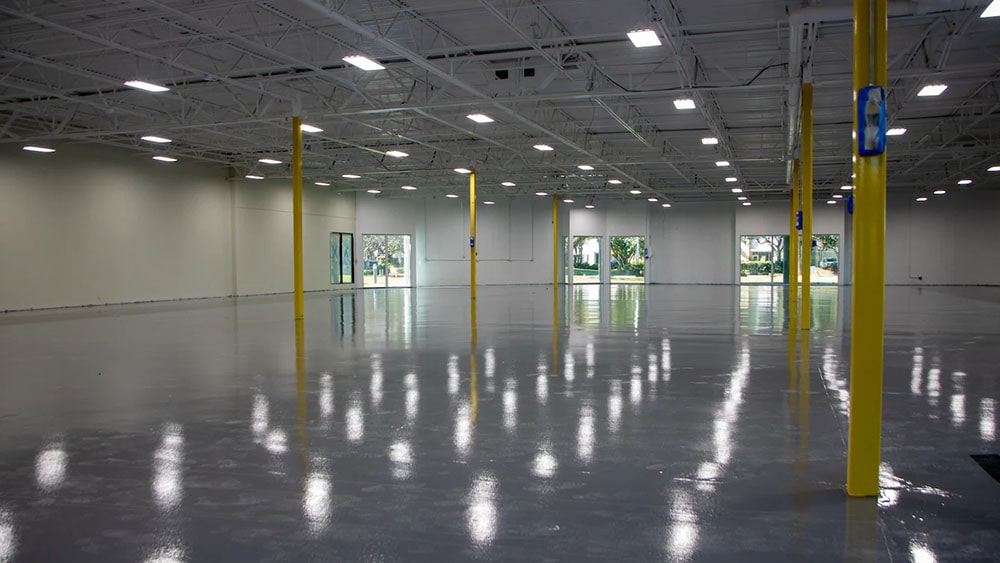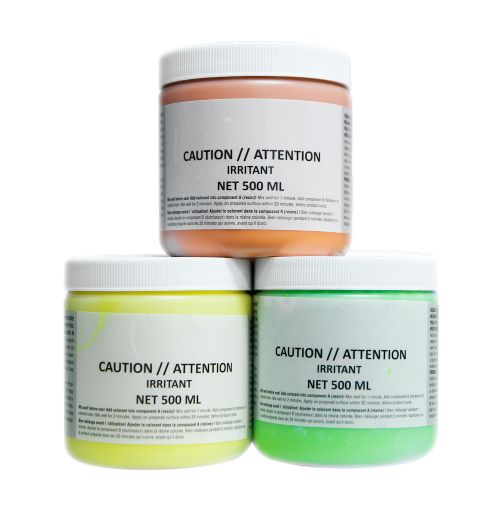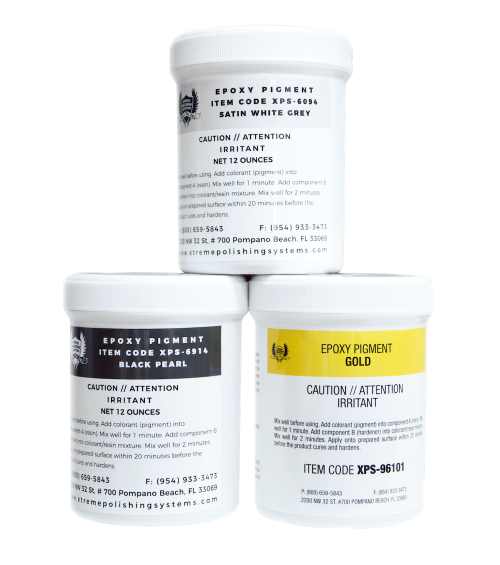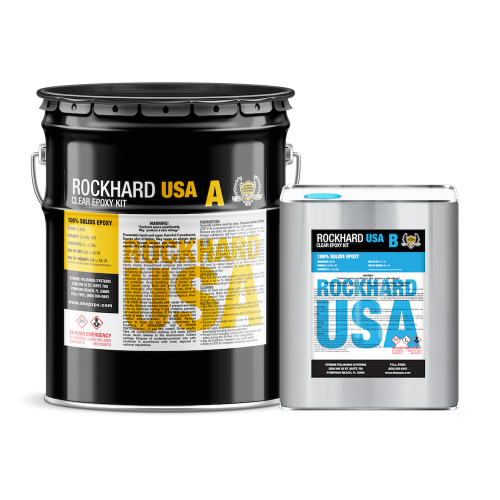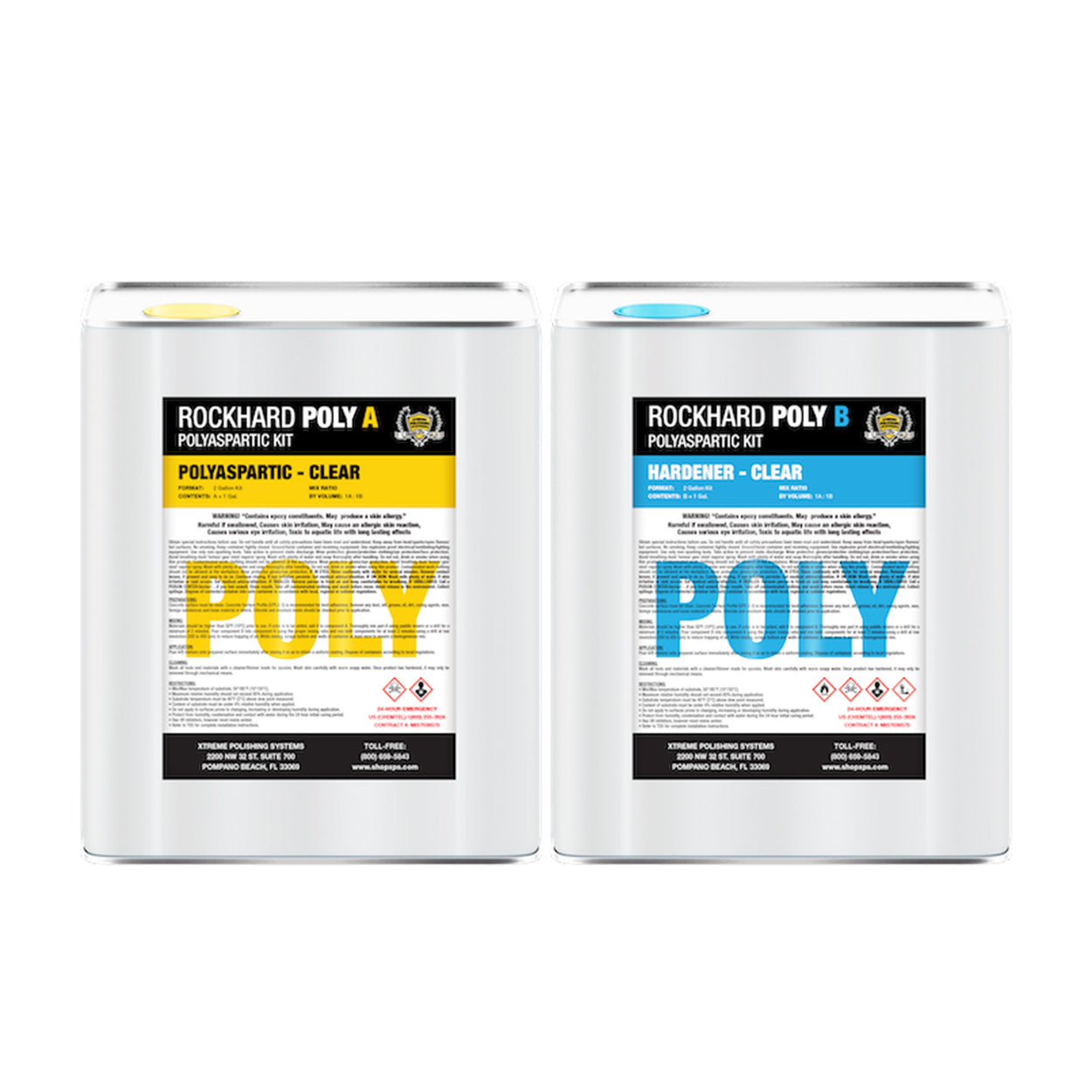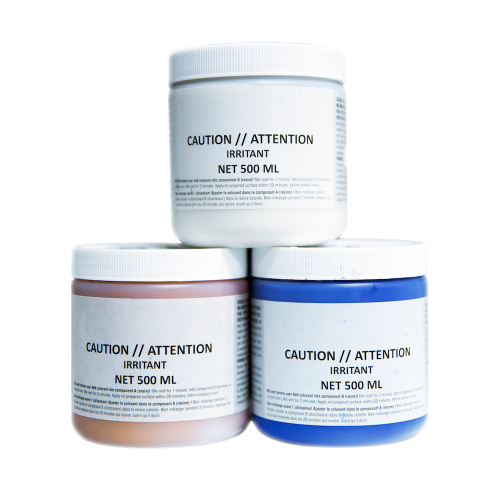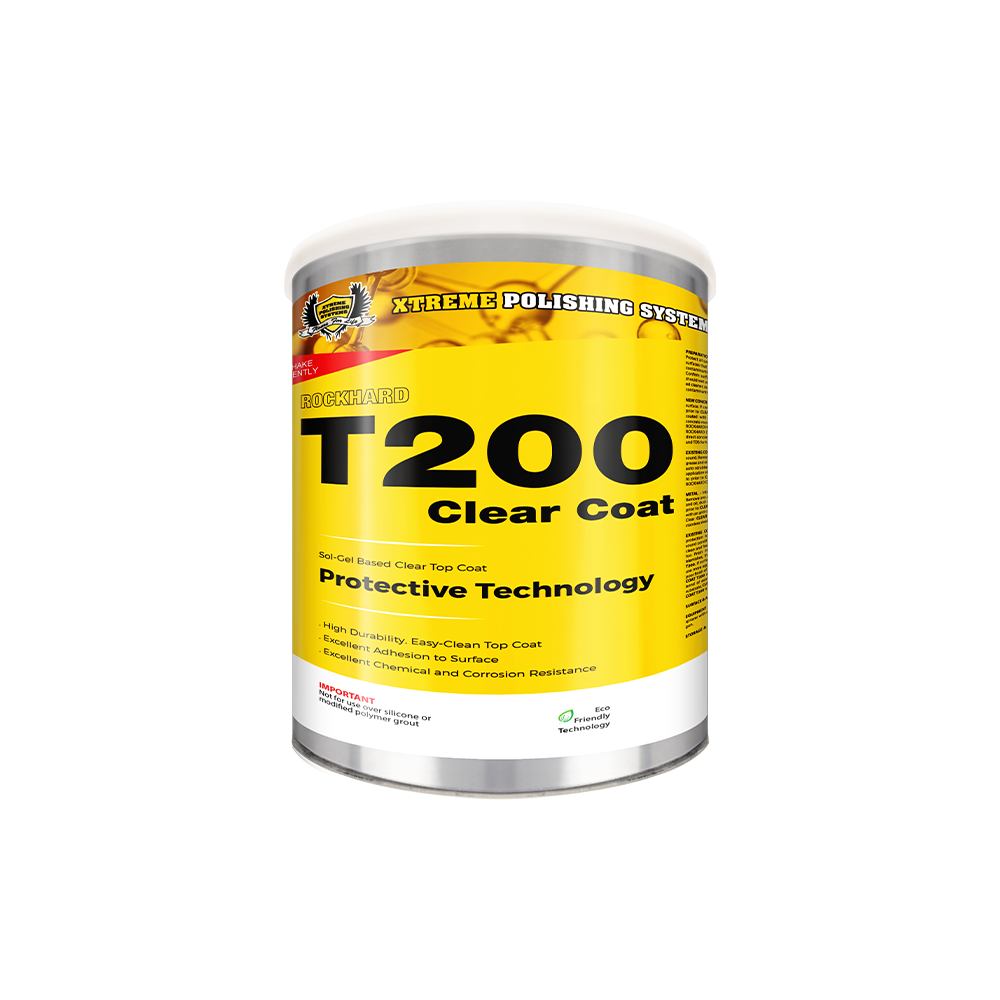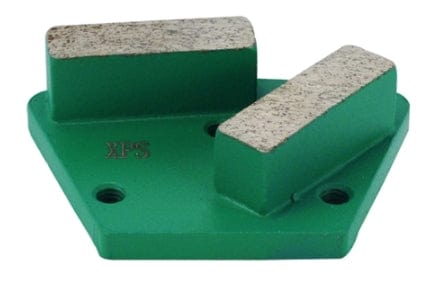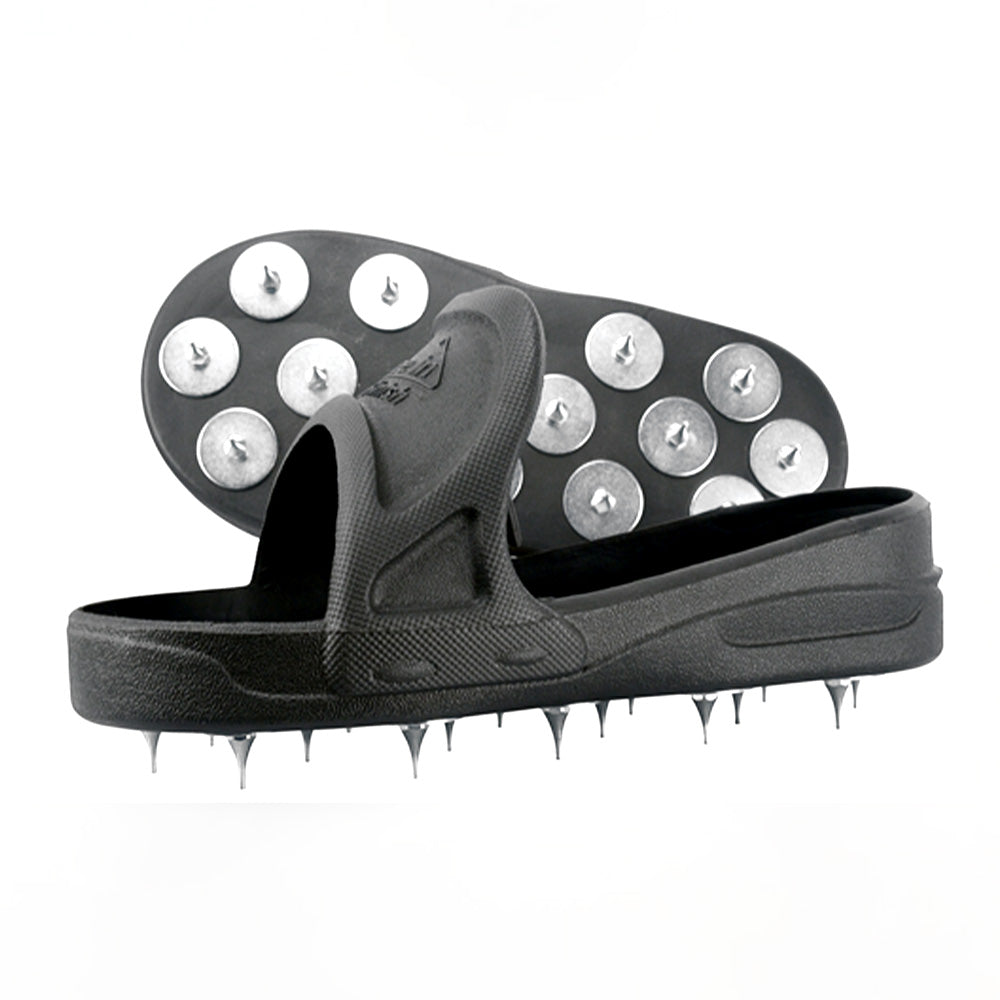During an epoxy resin grinding job, the air thickens with concrete dust, coating every surface—including your lungs. If you're not careful, OSHA regulations might flash through your mind like a warning siren. Dust isn’t just messy—it’s a legal, financial, and health hazard that can lead to citations, expensive cleanup, or long-term respiratory issues. For contractors and DIYers alike, pairing your grinder with the right HEPA vacuum isn’t optional; it’s survival, compliance, and smart business.
But don't fret—it's also one of the easiest and most cost-effective changes you can make to your flooring installation process to dramatically improve both its efficacy and safety! A quality dust control system reduces cleanup time, preserves equipment, and protects your team. Let’s break down how to master dust control and turn safety into your competitive edge.
The Dangers of Concrete Dust
Concrete dust contains crystalline silica—an OSHA-regulated carcinogen that poses severe health risks when inhaled over time. When you work on any floor using a concrete grinder, you'll release a significant amount of this fine particulate matter into the air. Without proper dust control systems in place, it can spread quickly throughout the job site, settle on surfaces, and linger in the air—creating dangerous conditions for both workers and clients.
Prolonged exposure increases the likelihood of lung disease, respiratory issues, and long-term health complications. That’s why strict dust mitigation isn’t just recommended—it’s essential for responsible contractors. Here's what you're risking if you don't prevent it:
-
Fines: OSHA uses financial incentives in the form of fines to encourage safe work procedures, and the fines for improper dust and ventilation protocols can be hefty.
-
Project Delays: Dust contamination ruins epoxy adhesion, potentially causing costly rework.
-
Health Risks: The dust that concrete emits when ground is not only very fine, it's a known carcinogen and cause of lung disease.
-
Client Satisfaction: While homeowners may often expect a renovation to come with dust and temporary inconveniences, they may not tolerate total dust invasions.
HEPA Vacuums, Ventilation Strategies, and More
Not all vacuums are equal. For concrete grinding, you need true HEPA filtration (capturing 99.97% of particles down to 0.3 microns). Key specs to demand:
| Feature | Why It Matters |
|---|---|
| Sealed System | Prevents leaks—non-sealed HEPA is useless. |
| CFM Rating | Match to grinder airflow and work rate (generally 200+ CFM for industrial grinders). |
|
Compatibility |
A vacuum that is designed for use with a specific grinder set will be much more efficient and effective. |
Pro Tip: Pair your vacuum with a dust shroud (like XPS’s tool-compatible shrouds) to capture dust at the source.
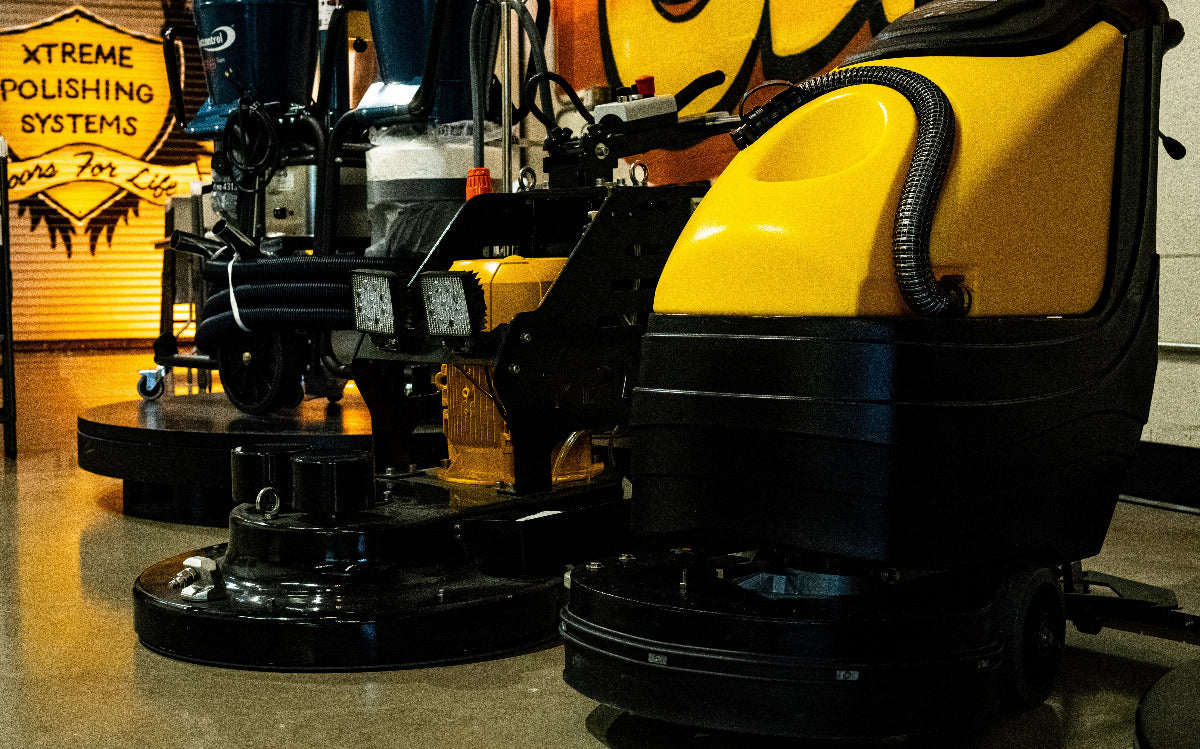
3-Step Dust Control System for Flawless Floors
-
Prep Smarter
-
Gone are the days of acid etching, mechanical surface preparation has proven to be the most efficient and safest way to prepare your floors.
- That means more dust, which means you need to account for your dust creation before your grinder hits the concrete.
- Cleaning your floors thoroughly with a mild cleanser and warm water will help keep most of the unnecessary dust from becoming airborne.
-
Seal off vents with plastic sheeting to limit dust exposure to only the workspace.
-
-
Optimize Equipment
-
Use a dual-stage HEPA vacuum (e.g., Tromb 400L) with these features:
-
More than adequate airflow (200+ CFM for industrial jobs)
-
Industrial grade HEPA filters
-
Easy to maneuver around the project space as needed.
-
-
Always check hose seals, filters before starting.
-
-
Ventilate Strategically
-
Open windows + use negative air machines (or fans blowing out of windows) for airflow away from living spaces.
-
Never rely on masks alone—OSHA requires engineering controls first, but don't skip on personal safety.
-
- Practice Personal Safety
-
- Wear an N95 or better mask at all times while grinding or preparing your surface.
- Wear safety glasses to prevent exposing your eyes to fine particulate matter.
- Remove yourself from the job site and reassess your safety strategy if you feel sick, or are coughing excessively.
Conclusion
Don’t let your job site become a liability—or an inefficient disaster. Silica dust is more than just a nuisance—it’s a serious safety and legal concern that can quickly spiral into health risks, fines, and ruined installs. Cleaning up your dust as it's created is the simplest, most effective way to protect your project, your team, and your clients.
With the help of our guide, you'll go from a dust-control zero to a safe job site hero. Proper dust control not only ensures cleaner installations but also boosts efficiency. Less debris means better adhesion for your epoxy or coating system, fewer callbacks, and more satisfied clients. Plus, showing your clients that you prioritize safety can set your business apart from competitors who cut corners.
Find the best vacuum for your grinder, use shrouds and sealing techniques, and always follow industry-standard ventilation practices. A little preparation goes a long way in creating a safer and more professional environment.
Xtreme Polishing Systems (XPS) is the culmination of many collective years of contractor experience. We’re here to support you beyond the sale. Call our trained technicians at (877) 958-5264 for guidance on the right equipment, or browse our online store for premium tools and materials. Your safety is our priority—and your success is our mission.


